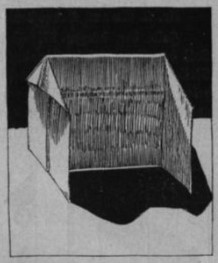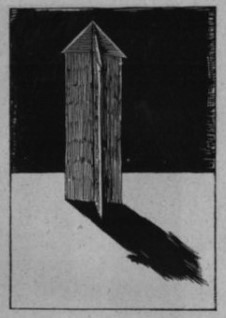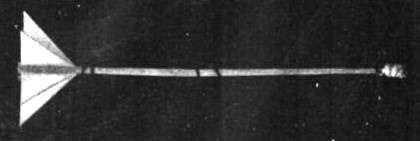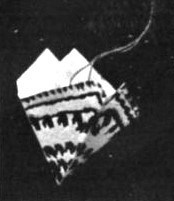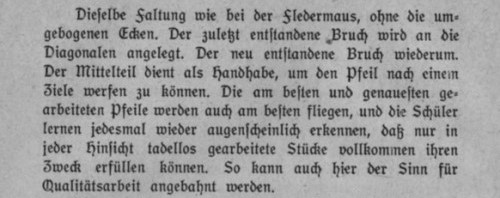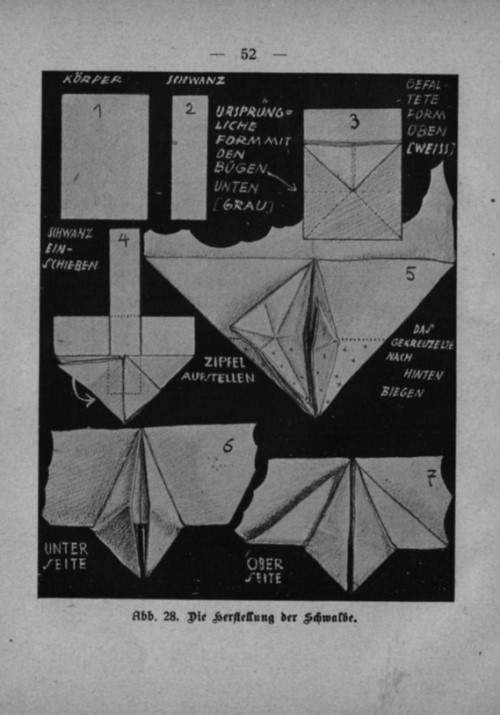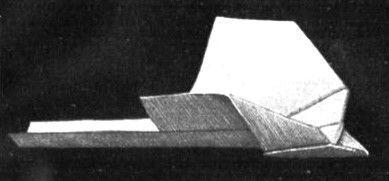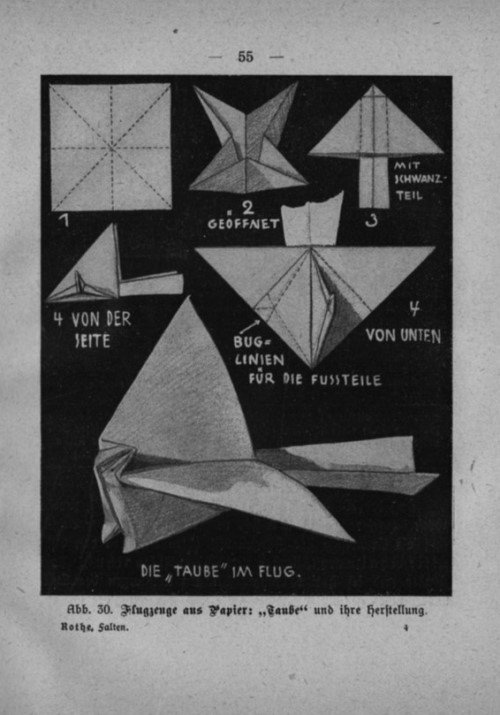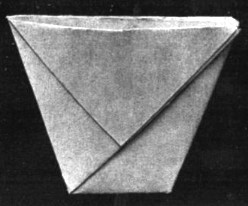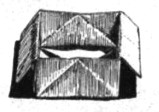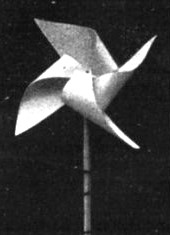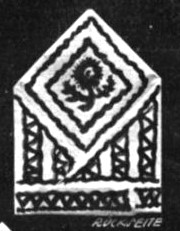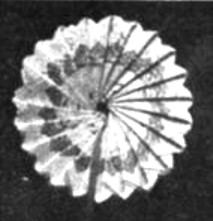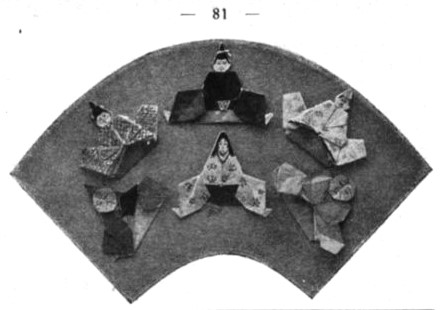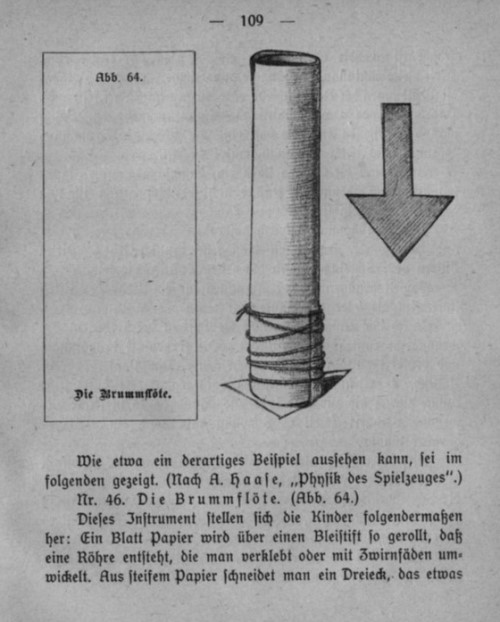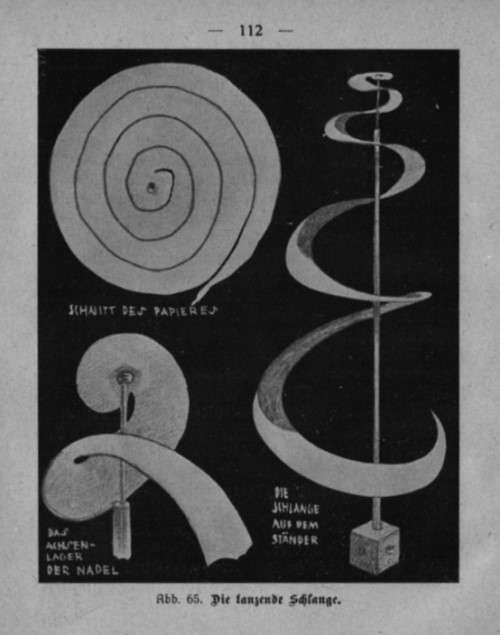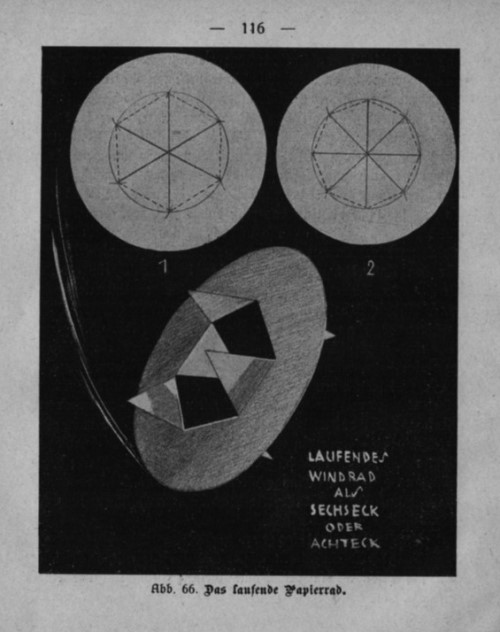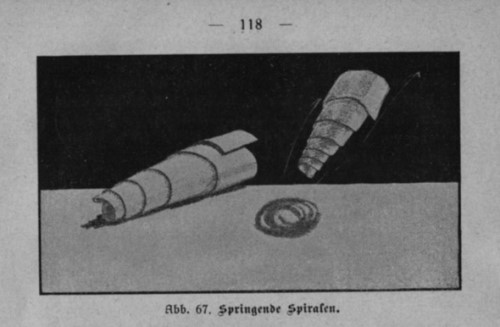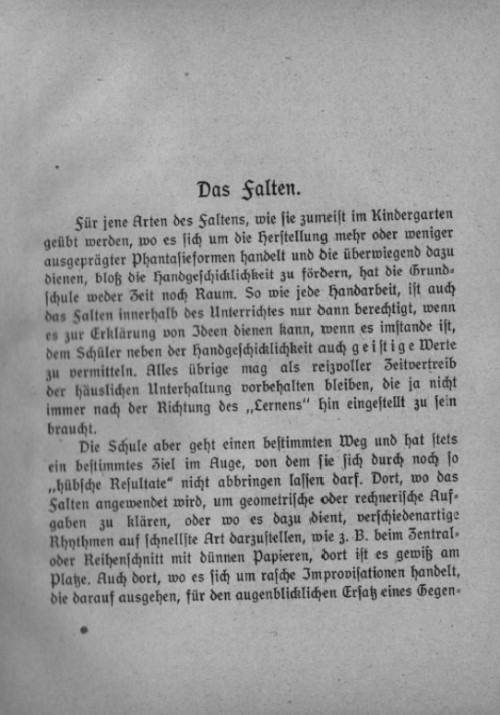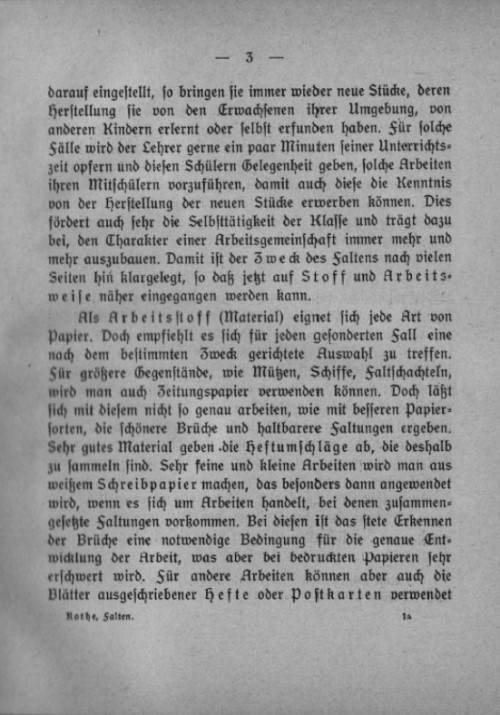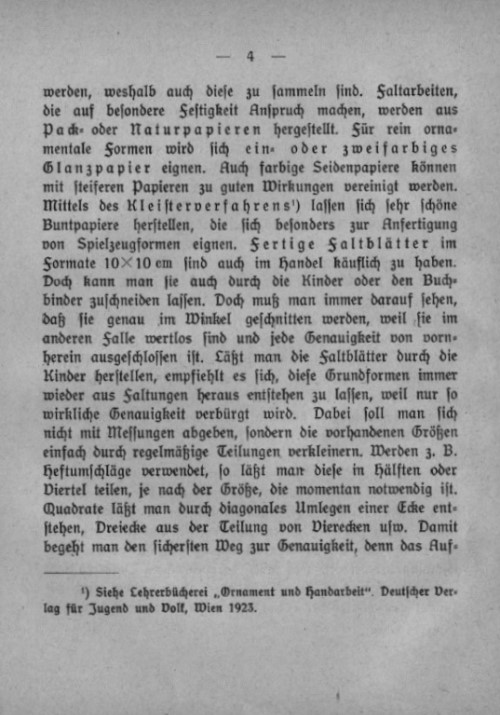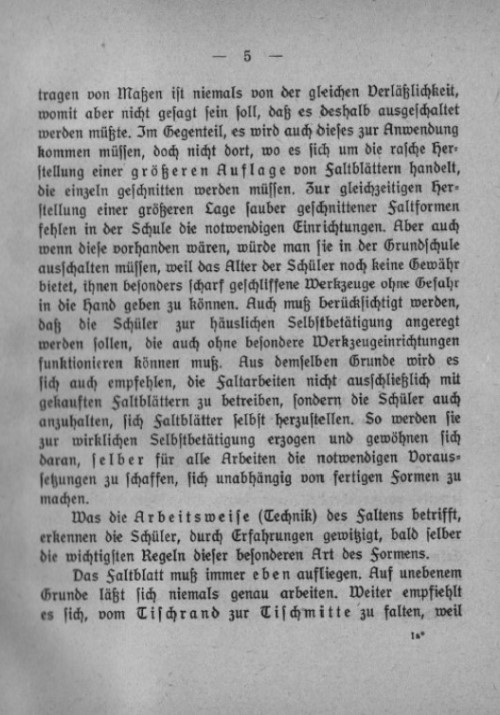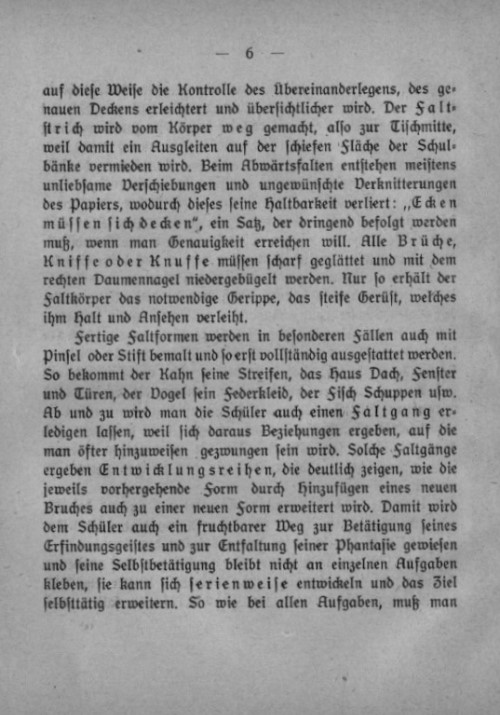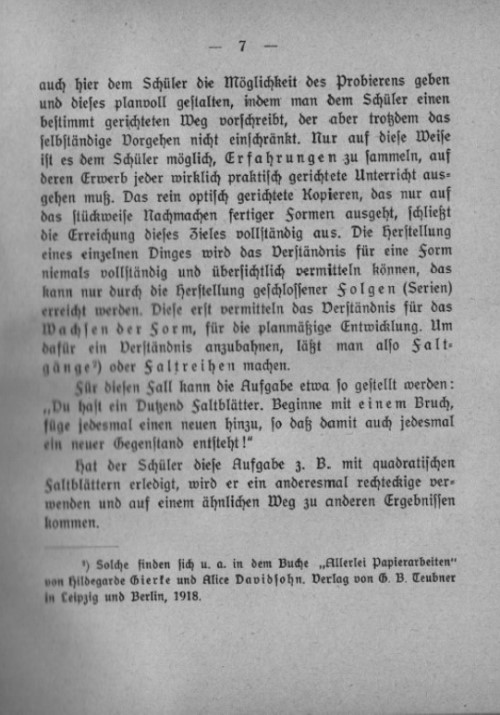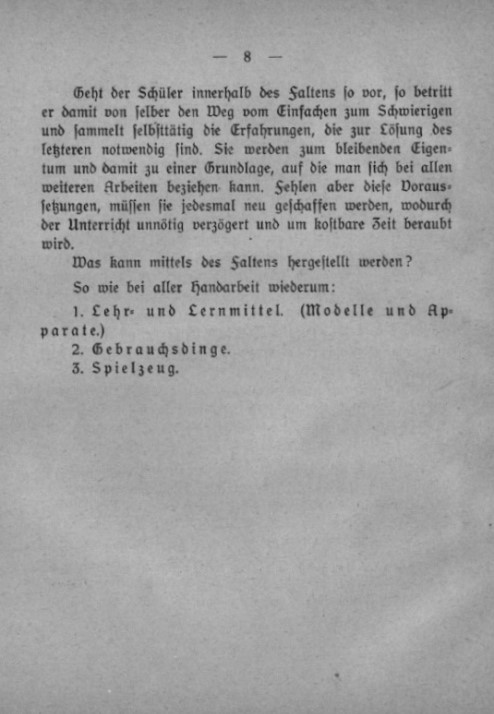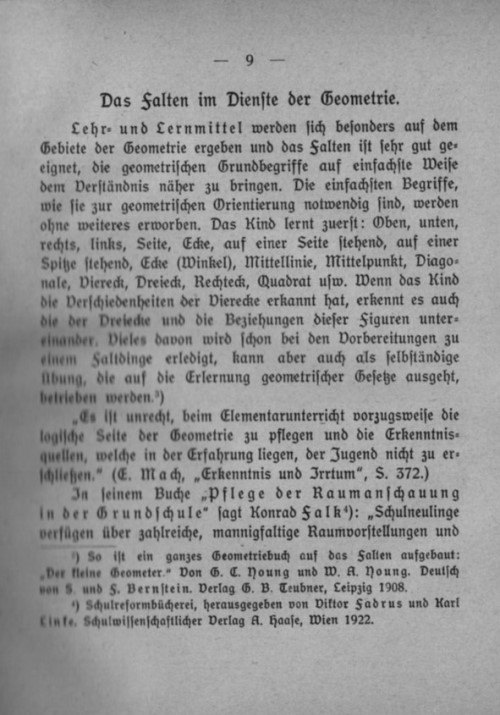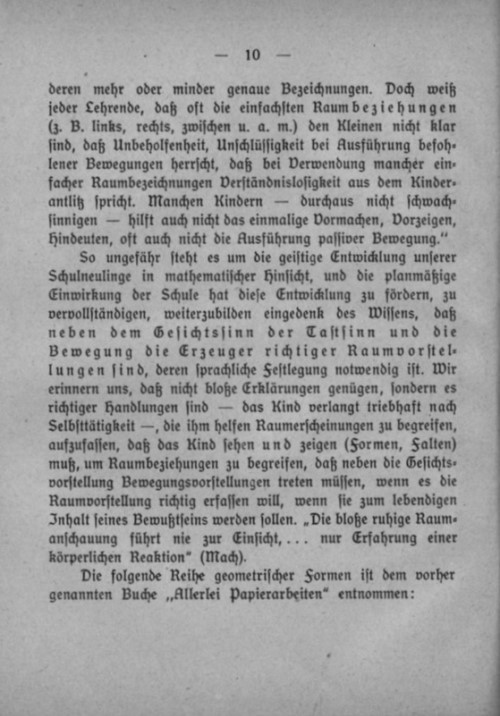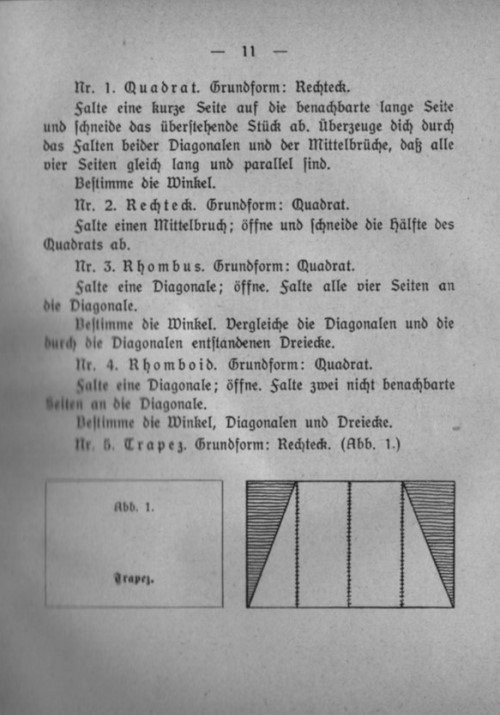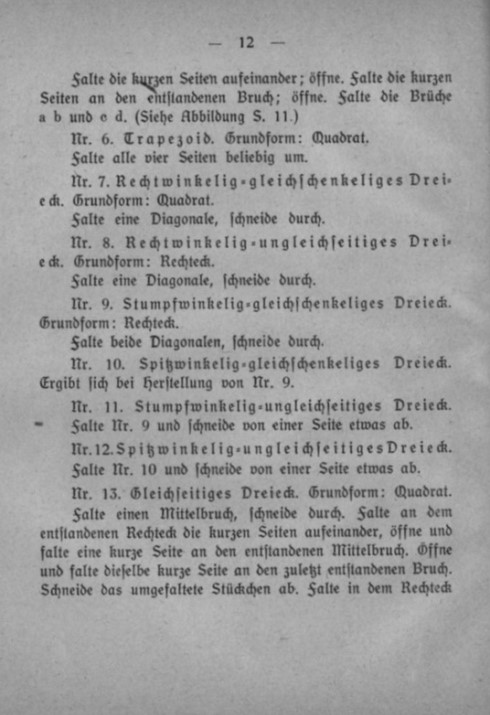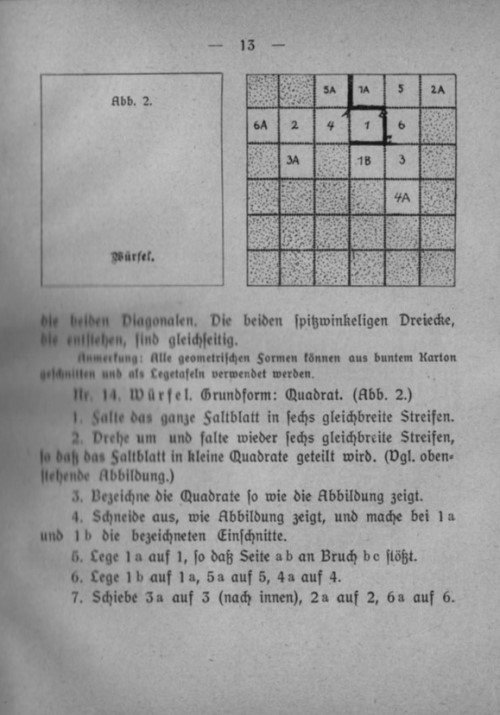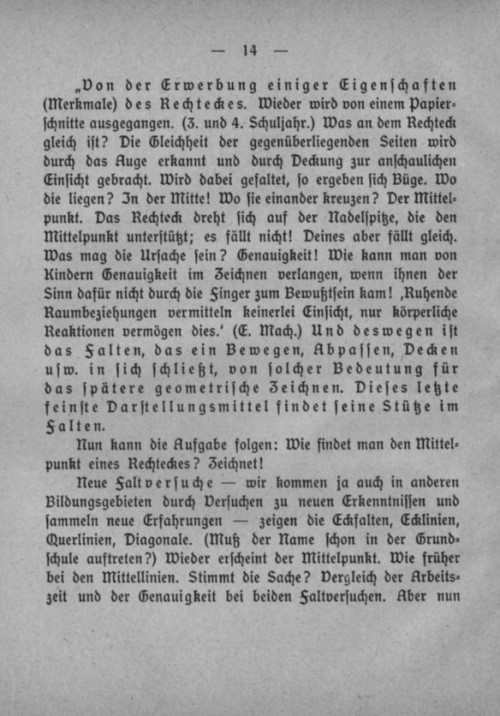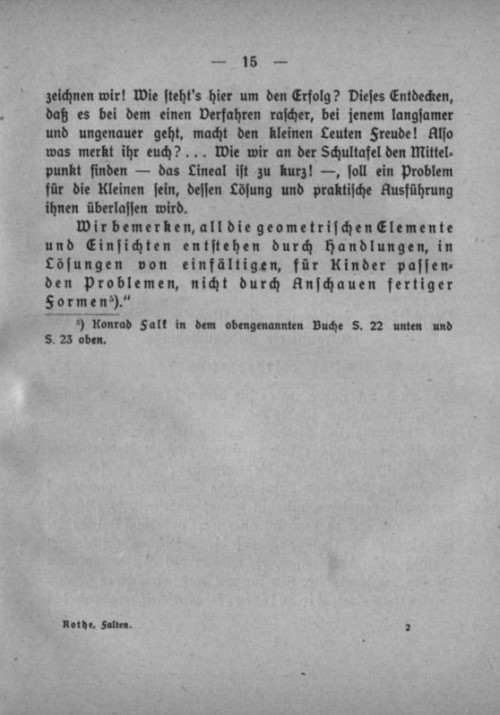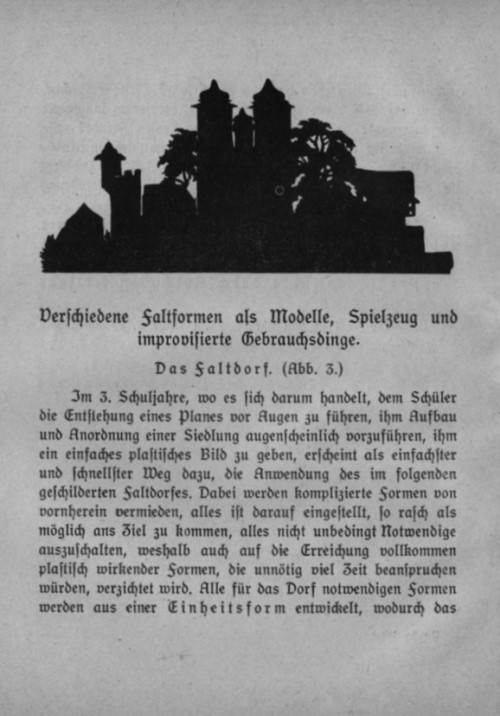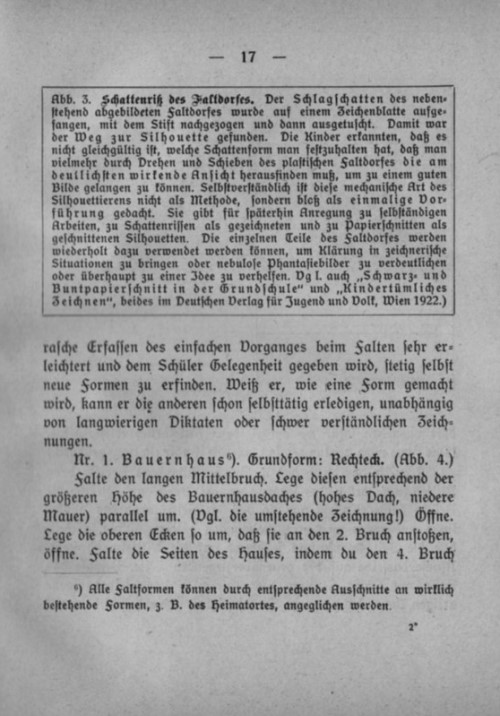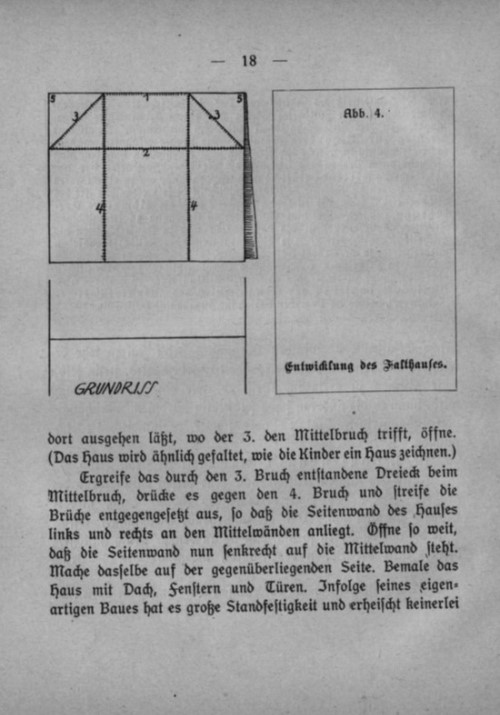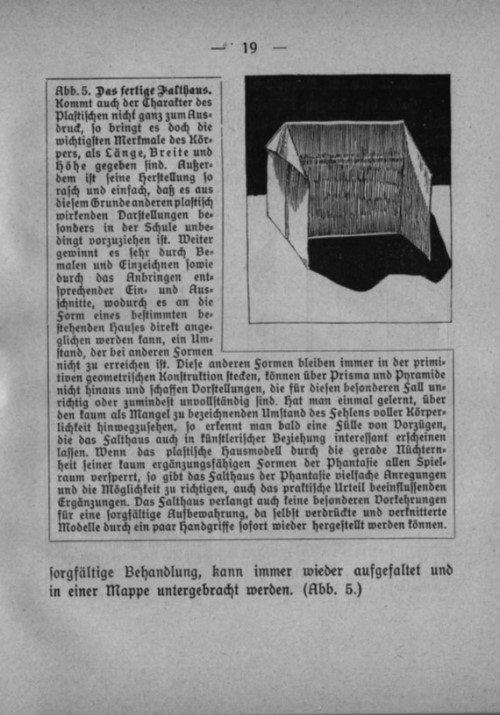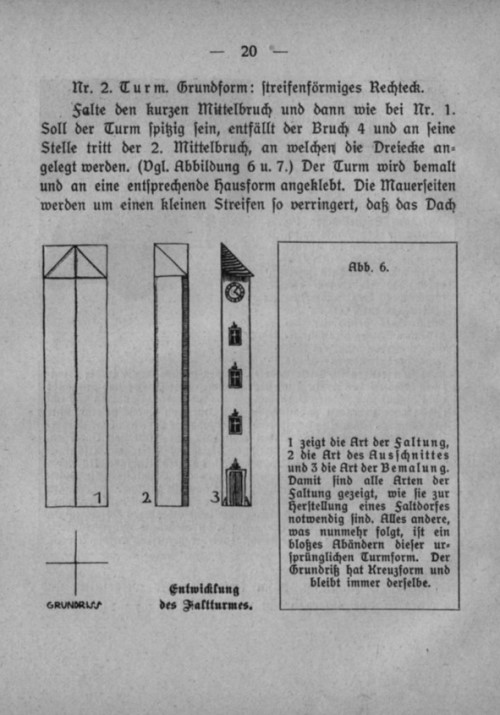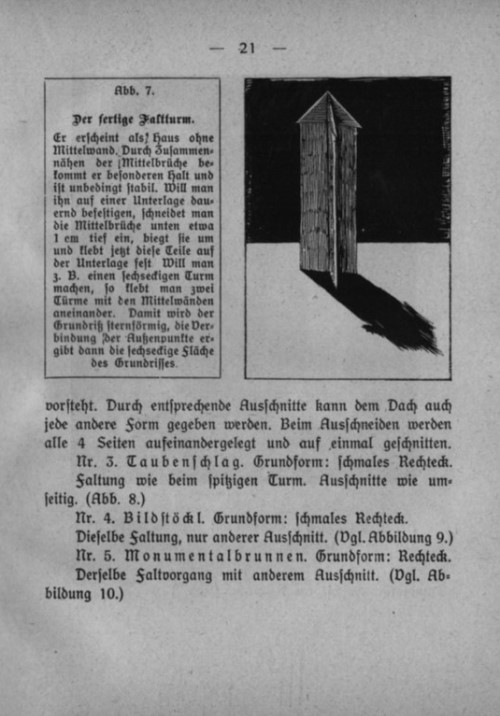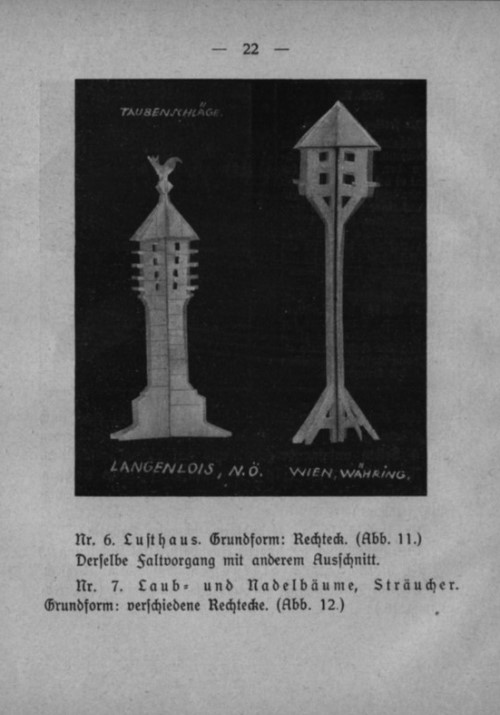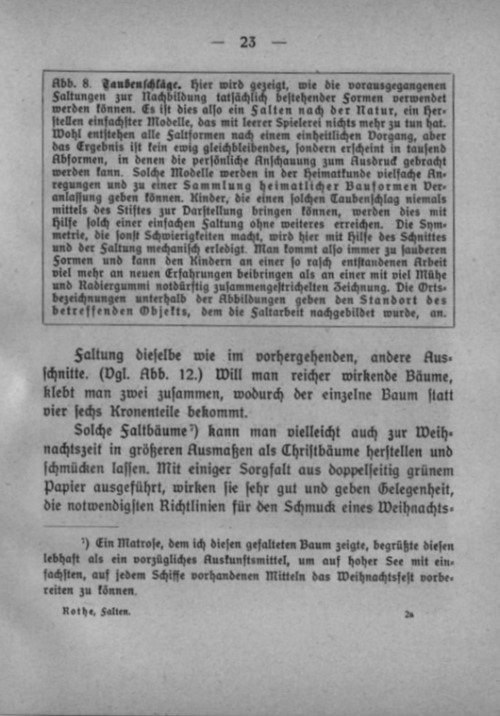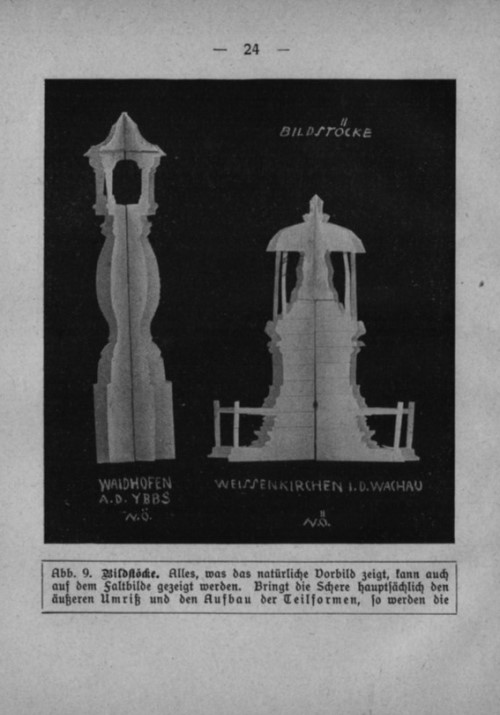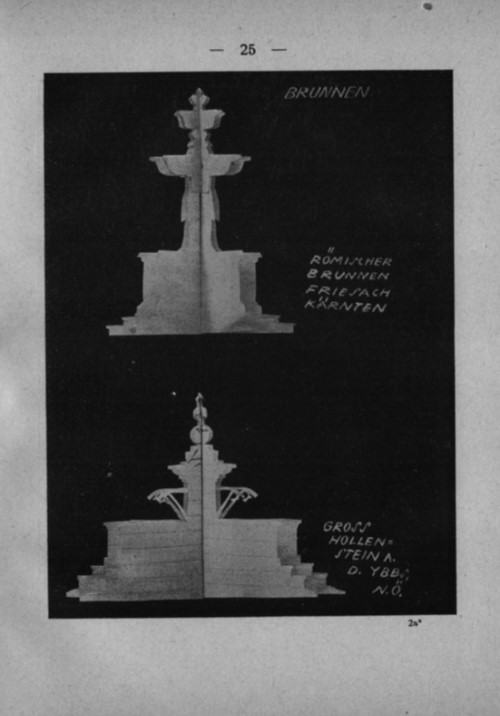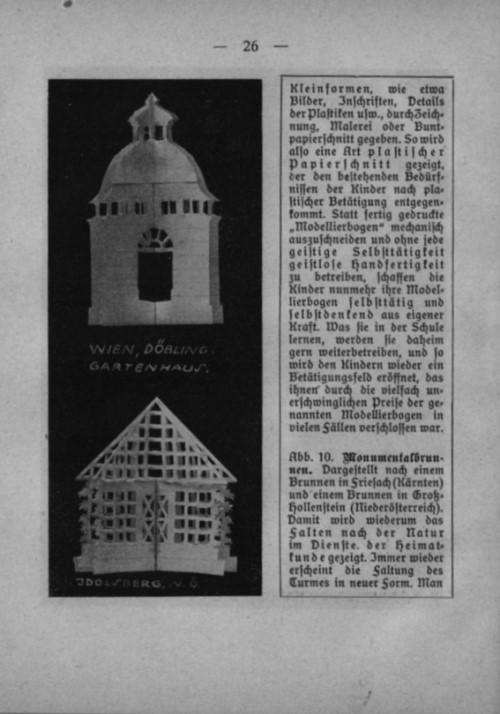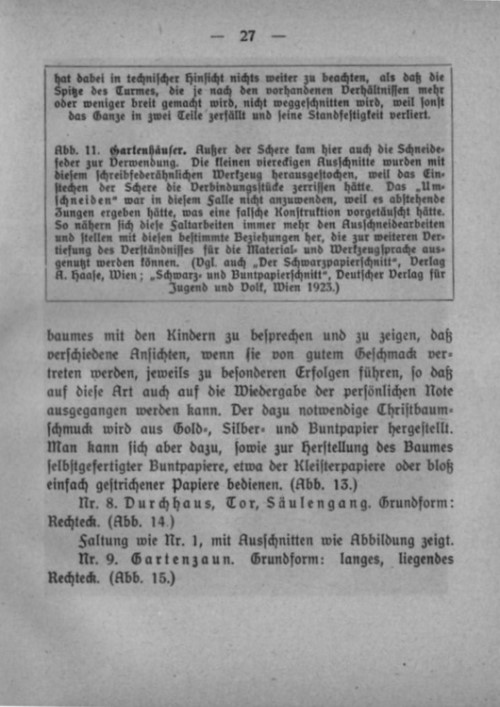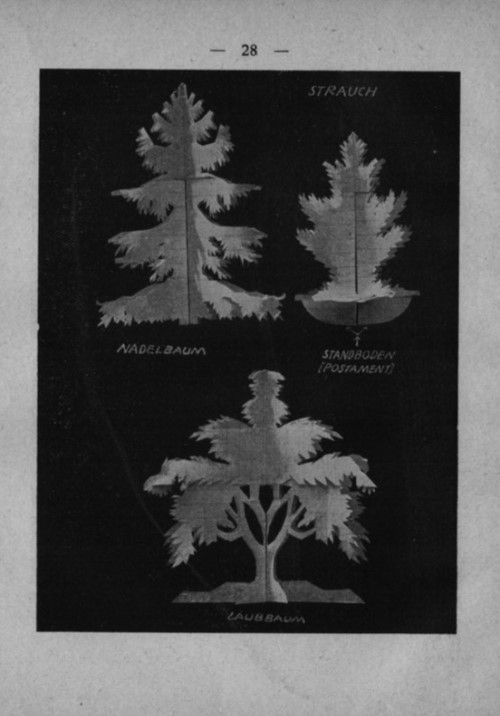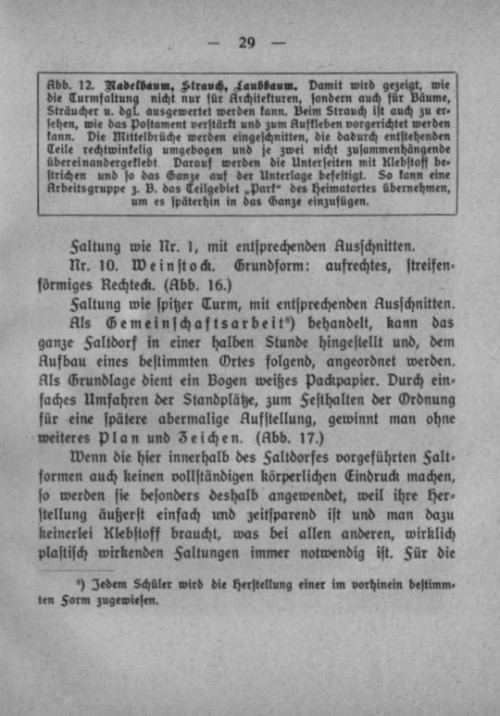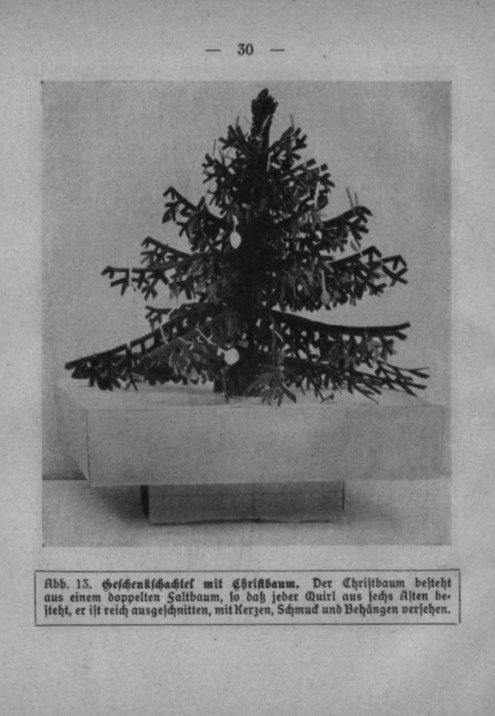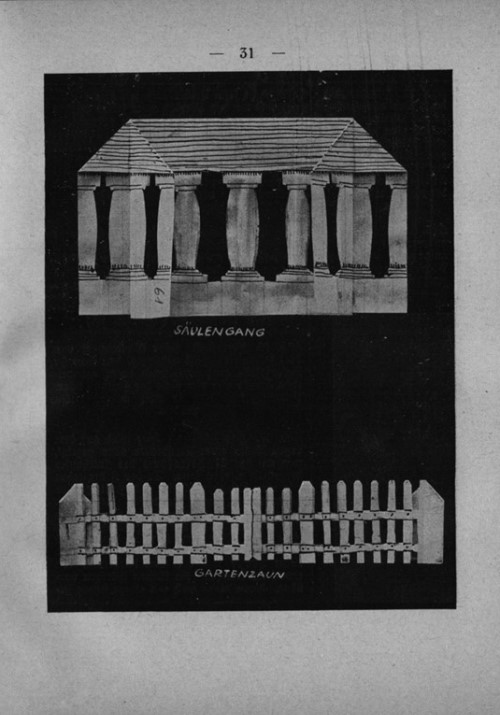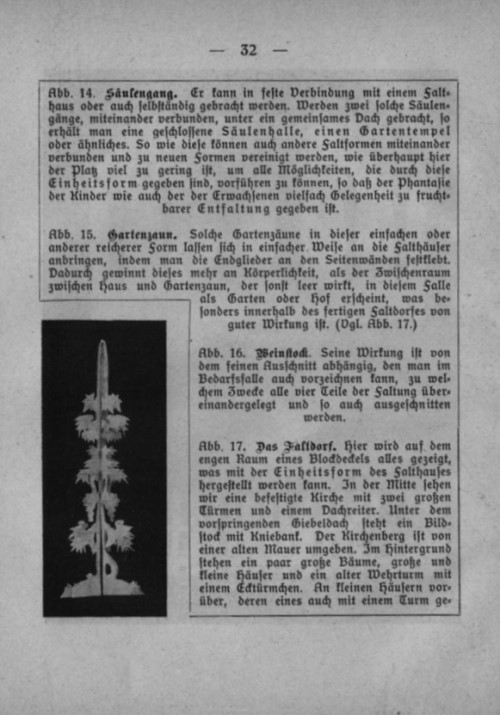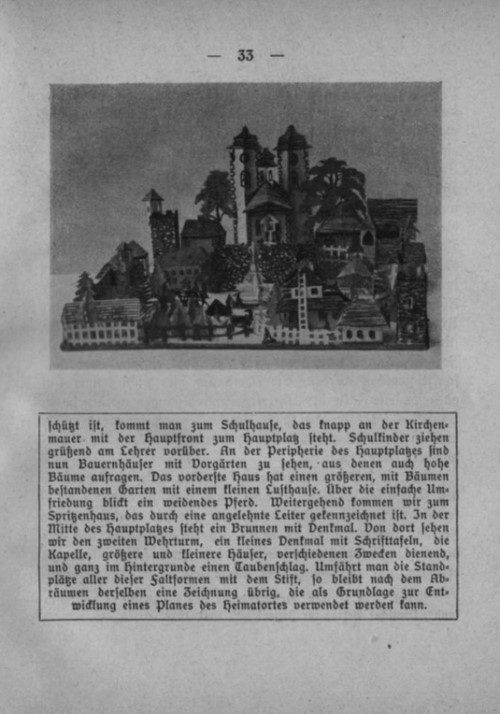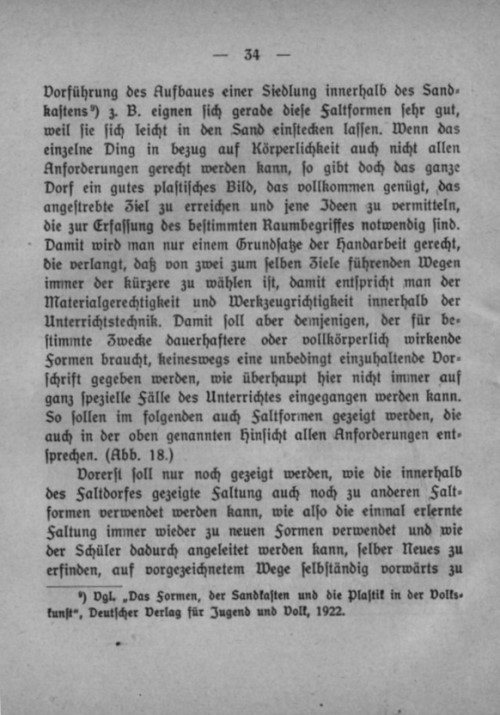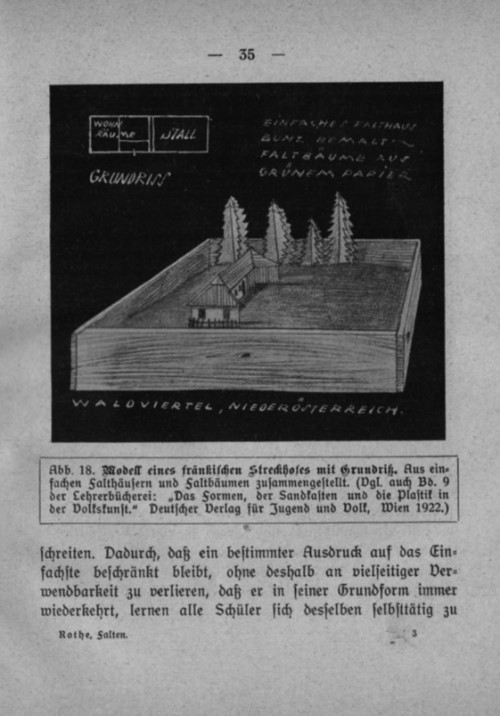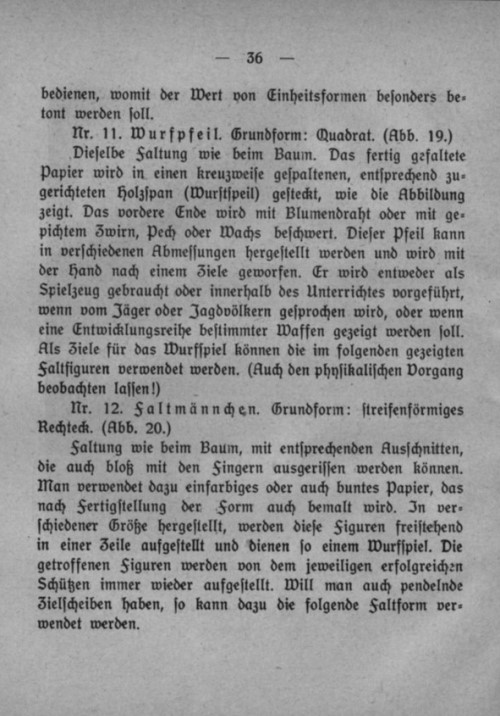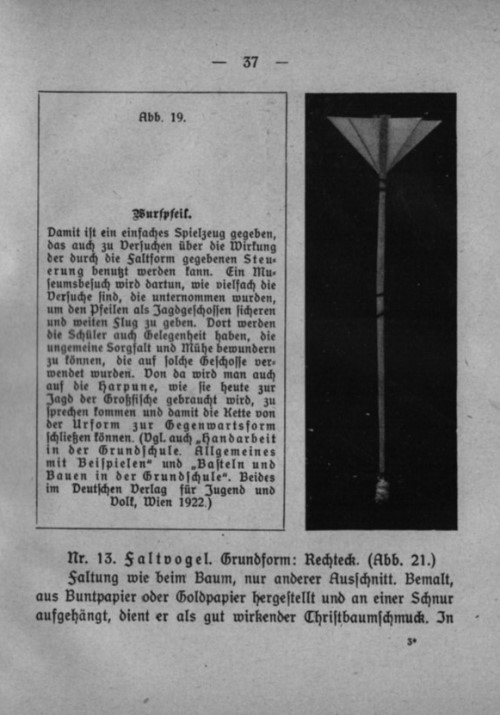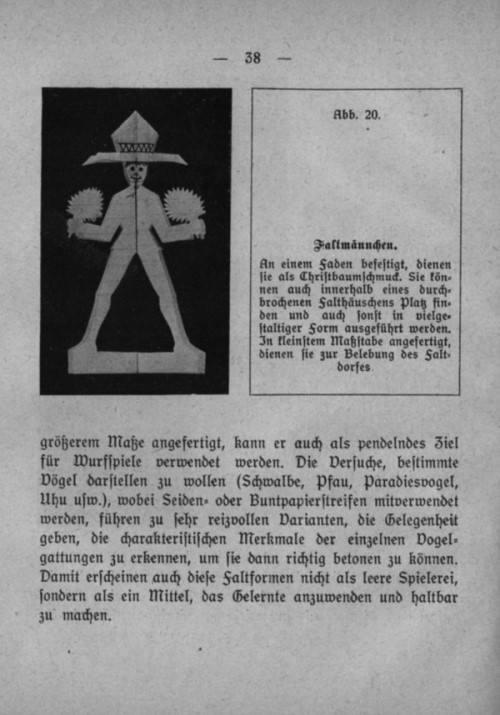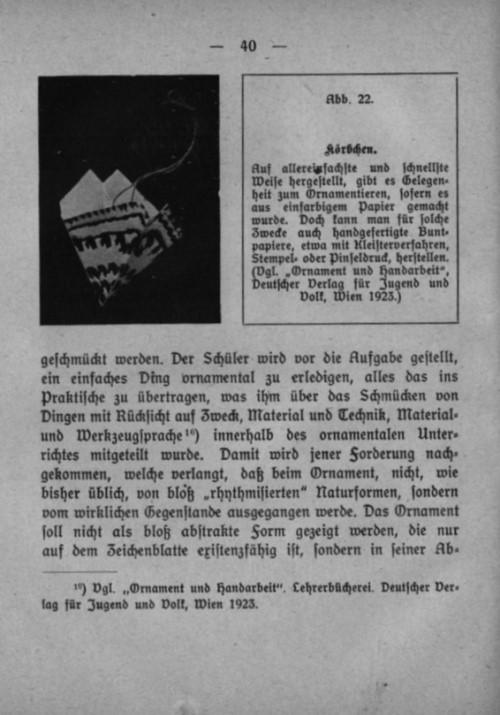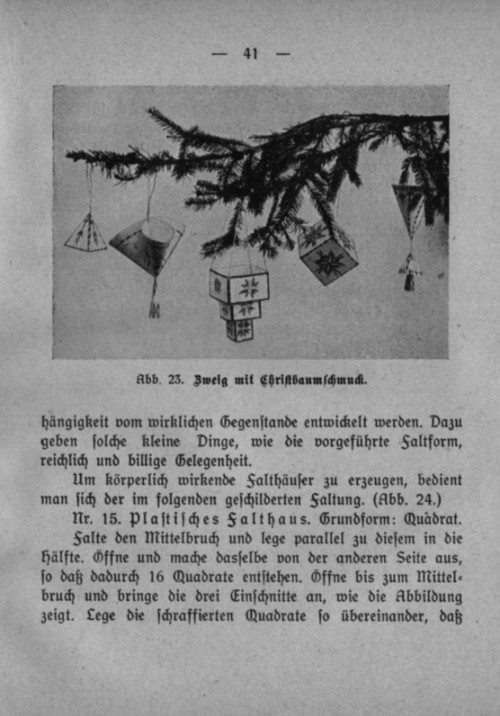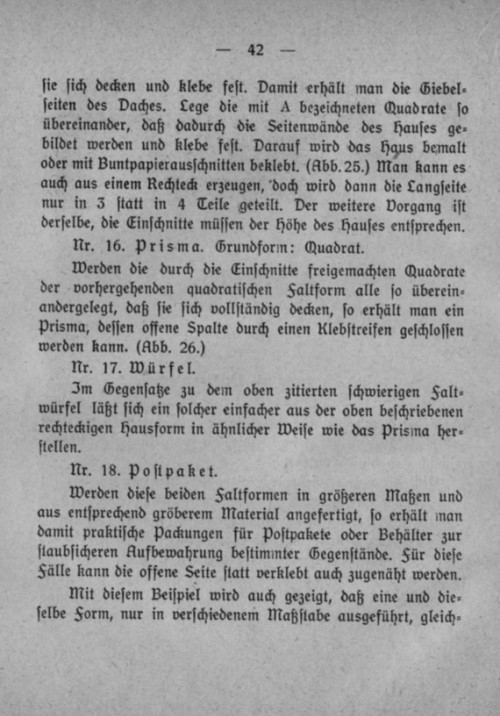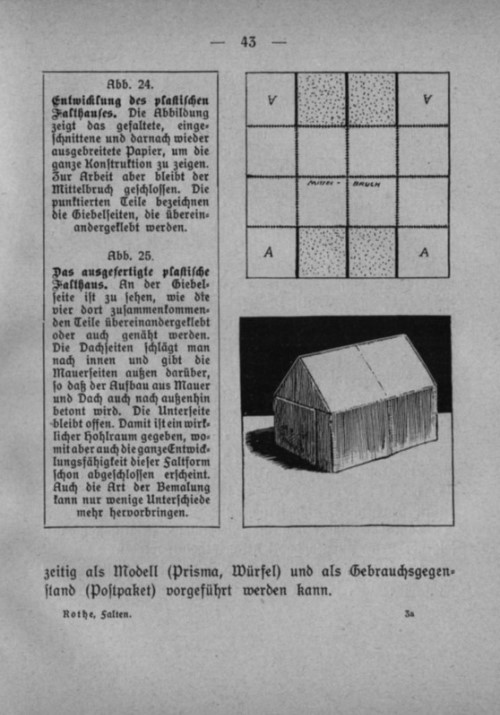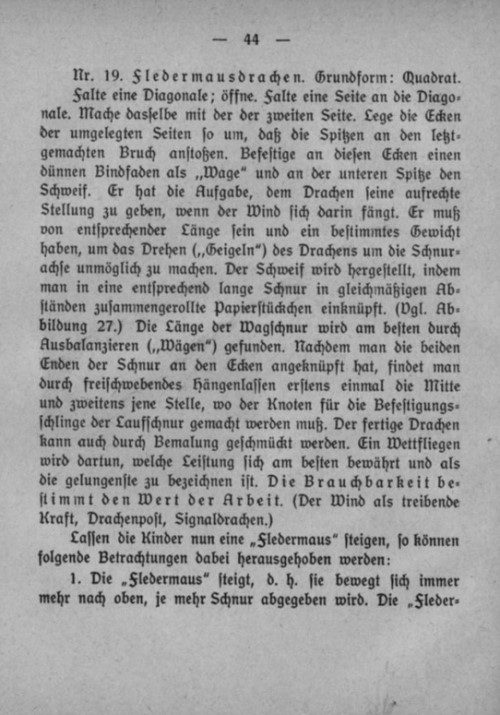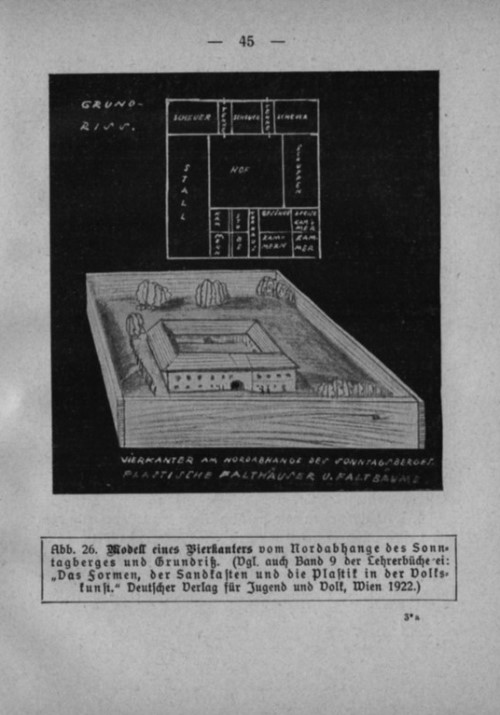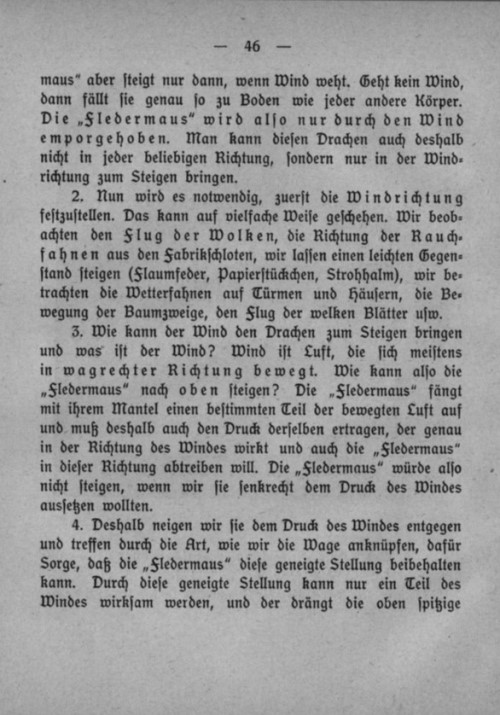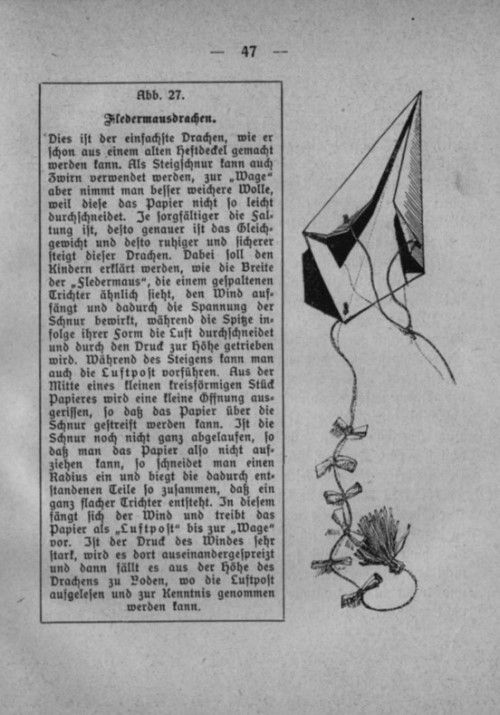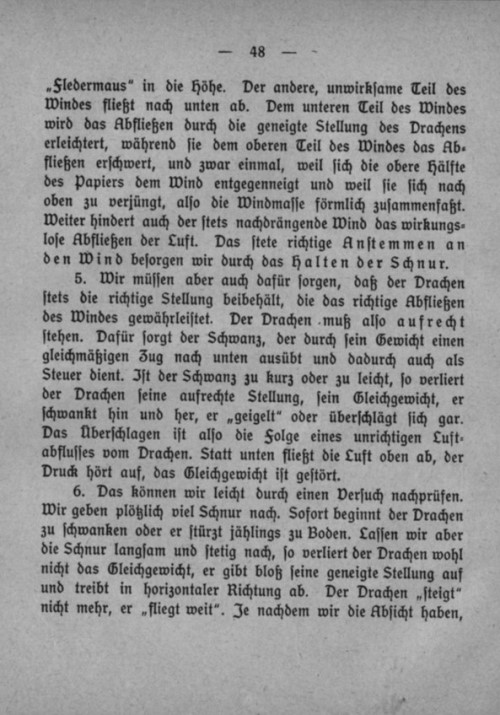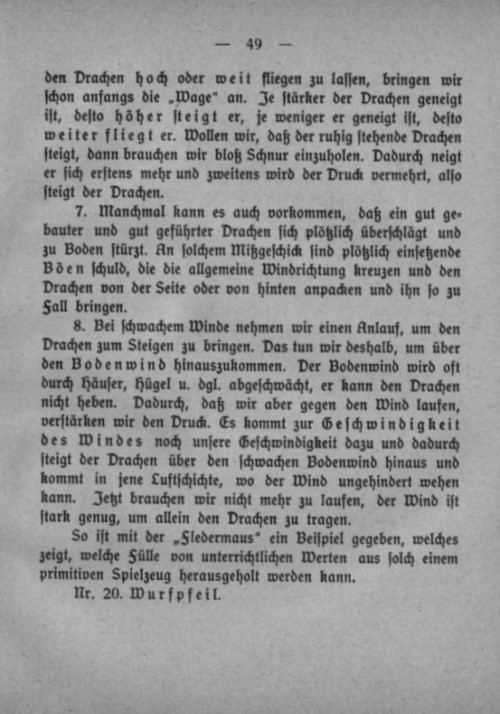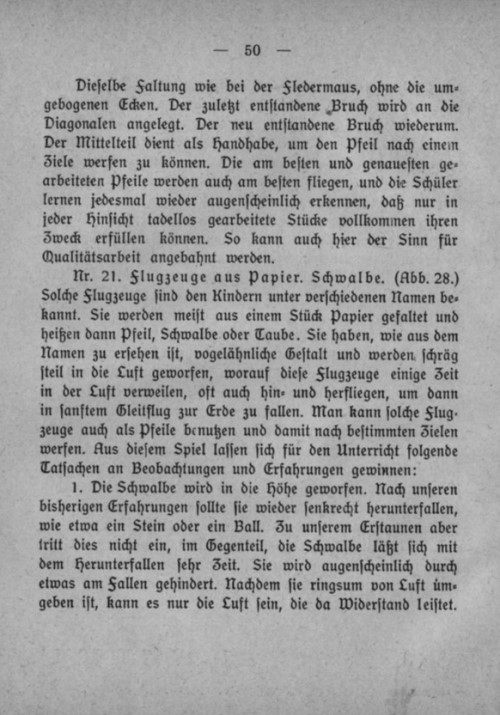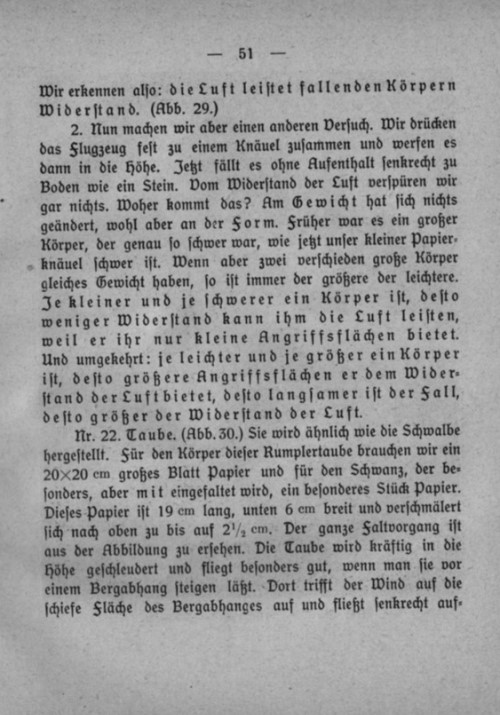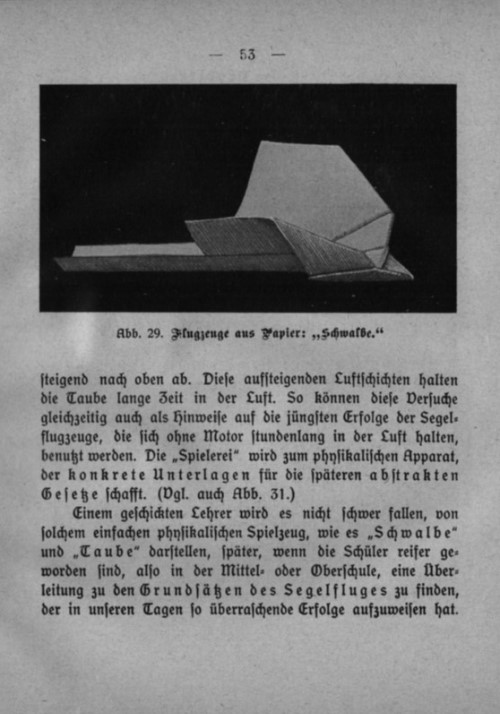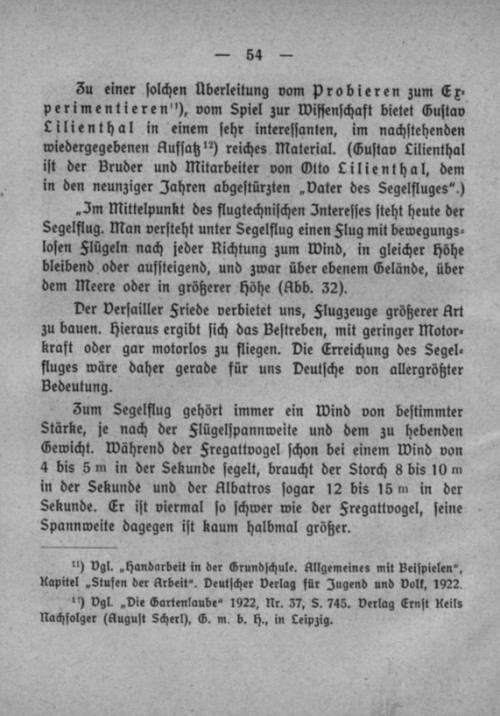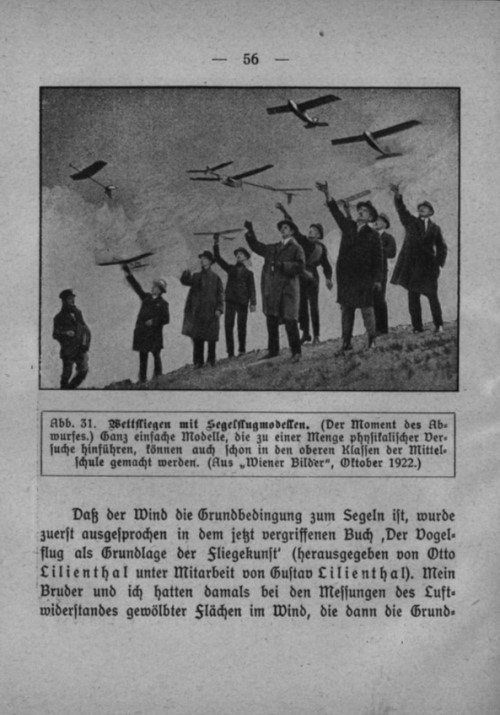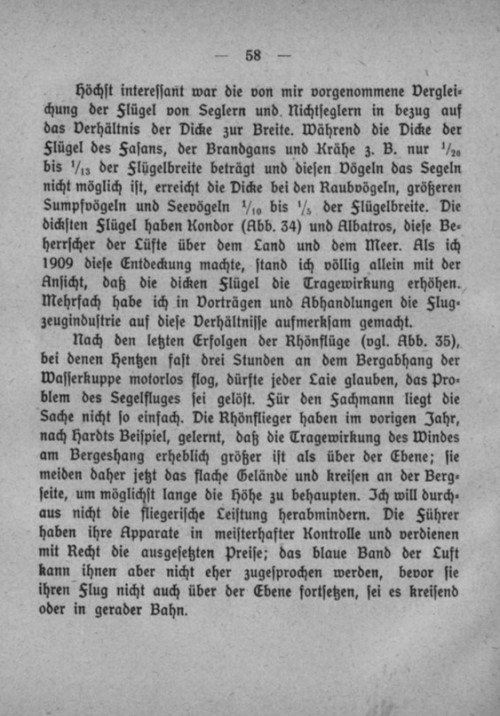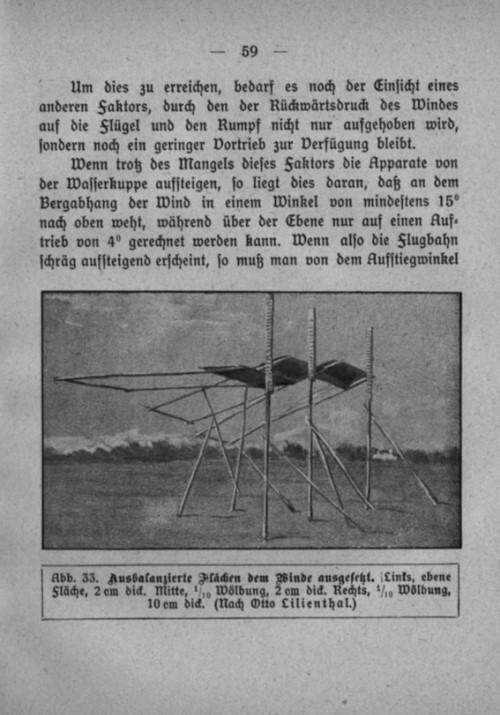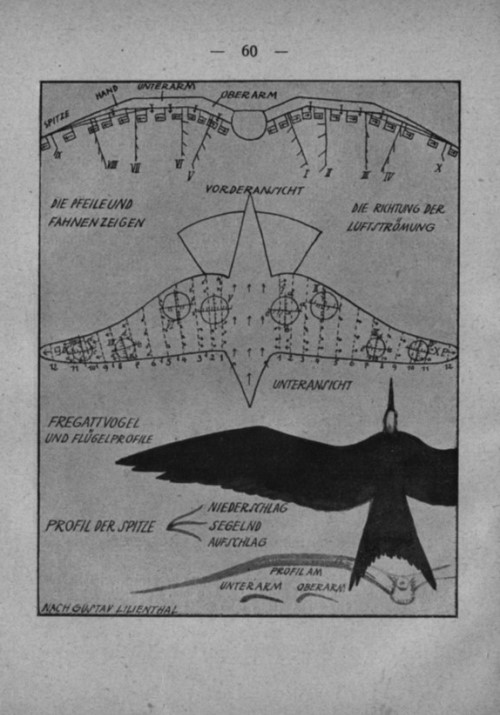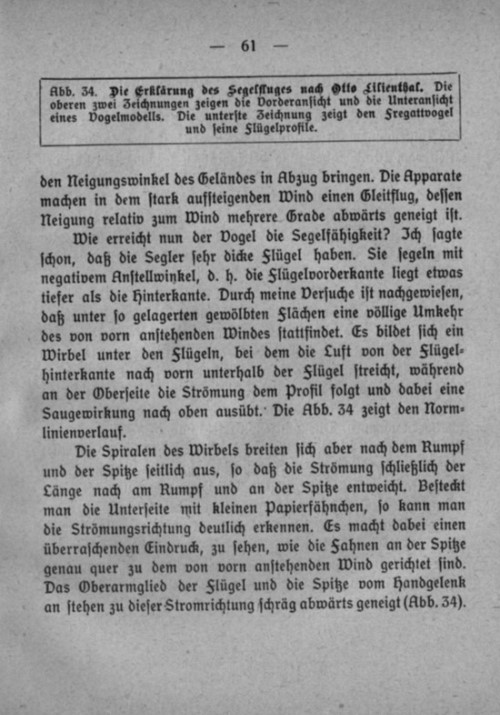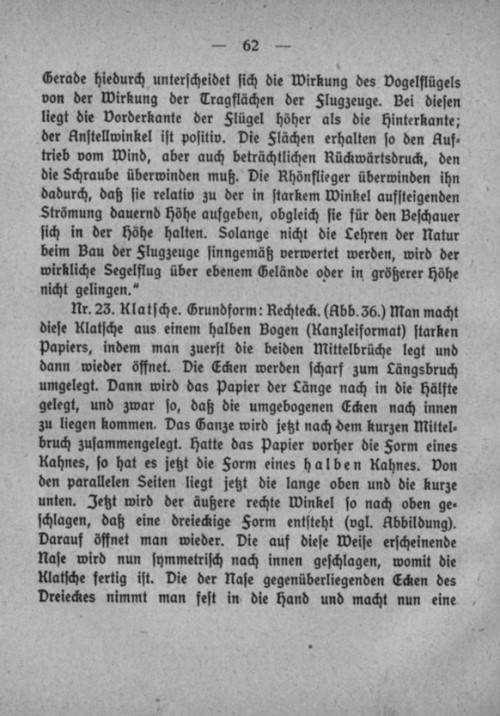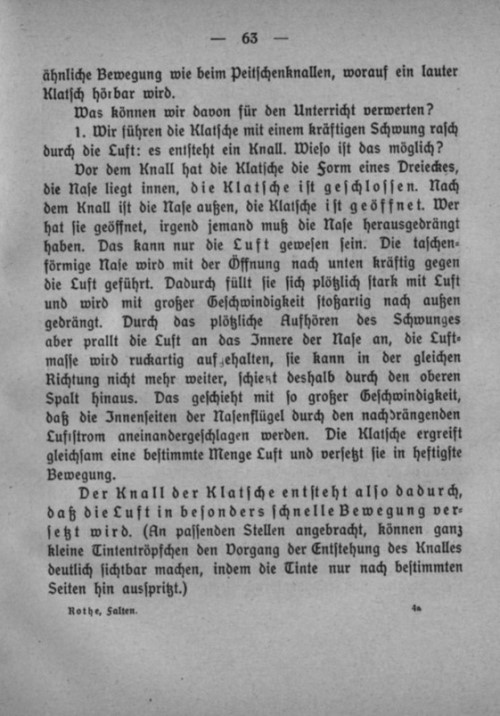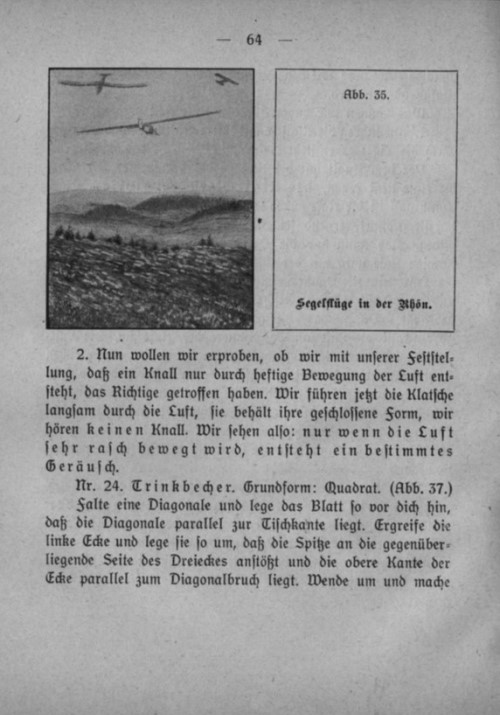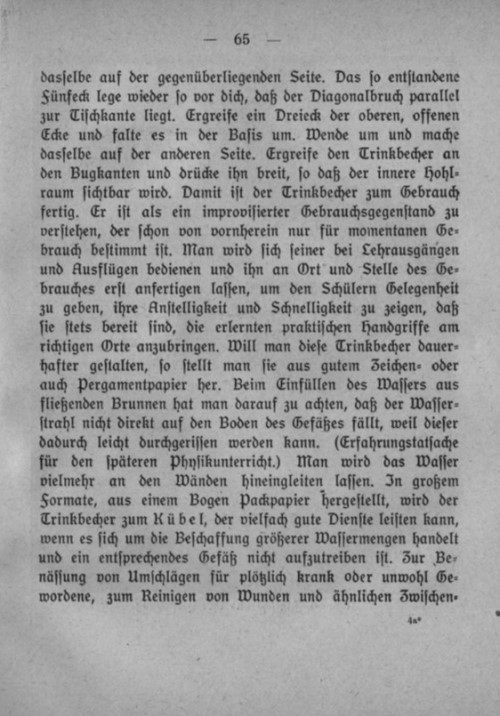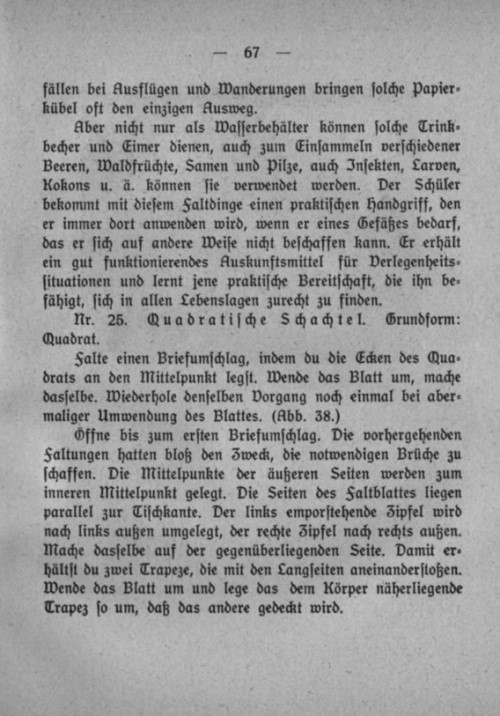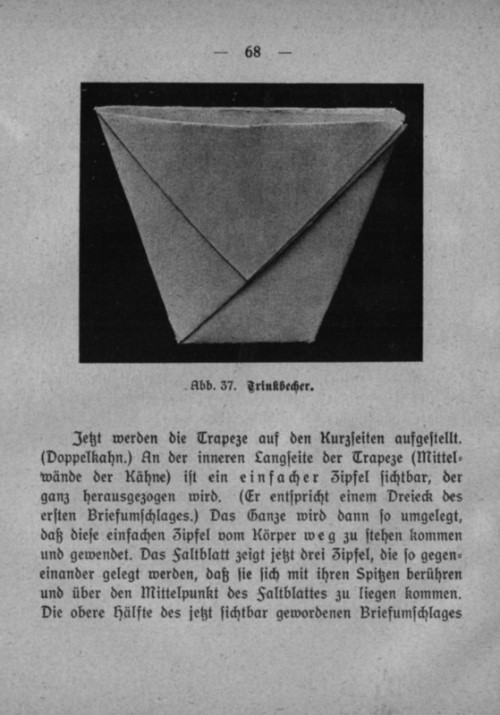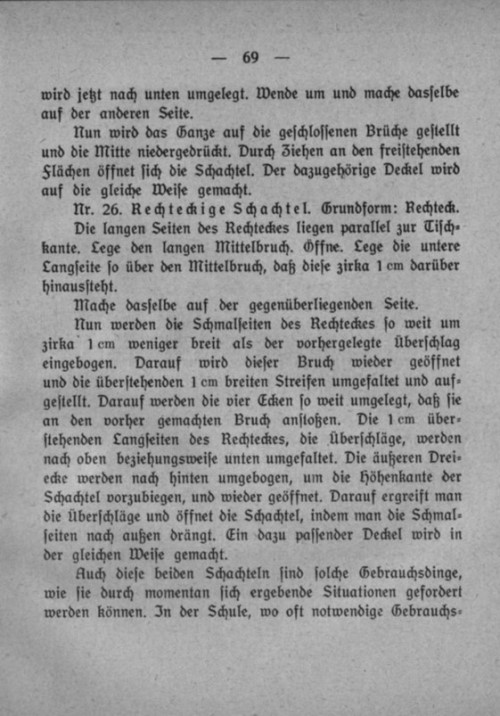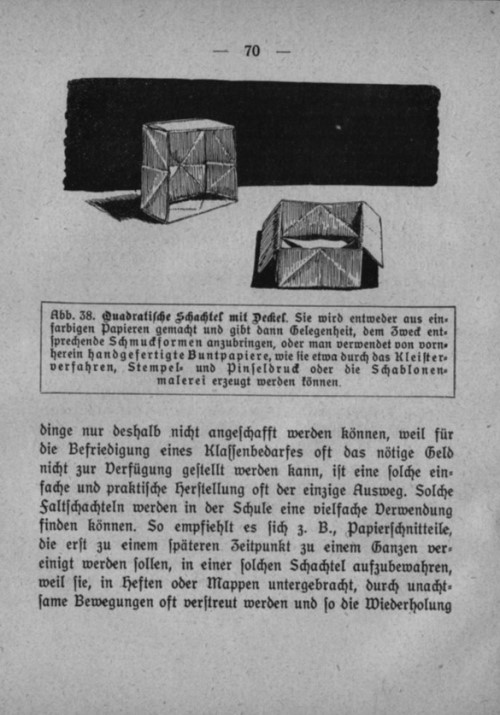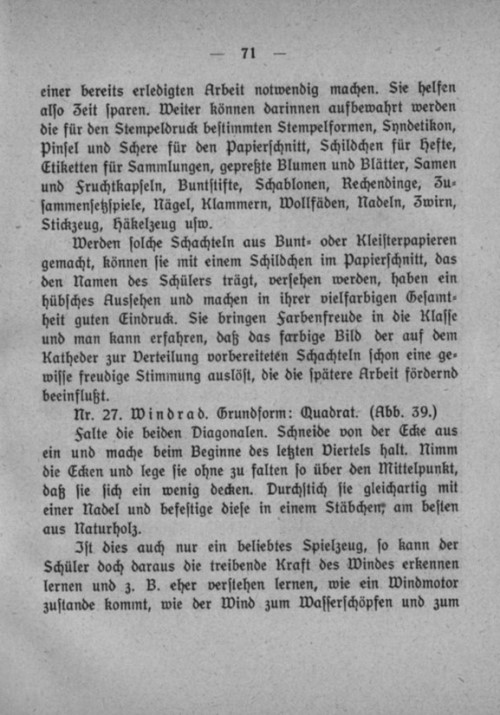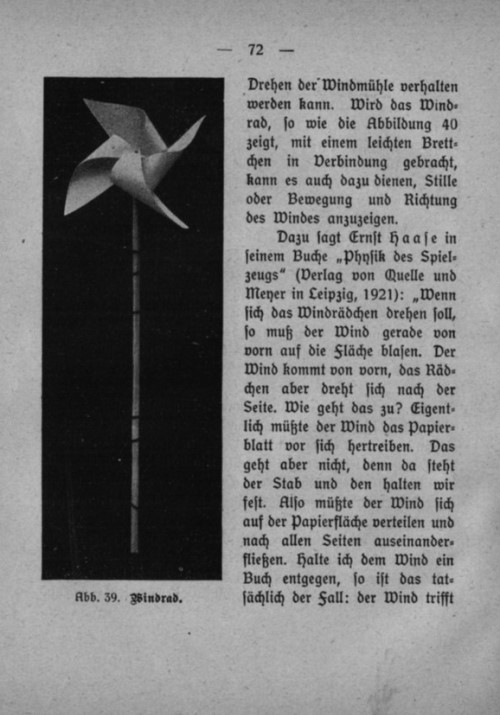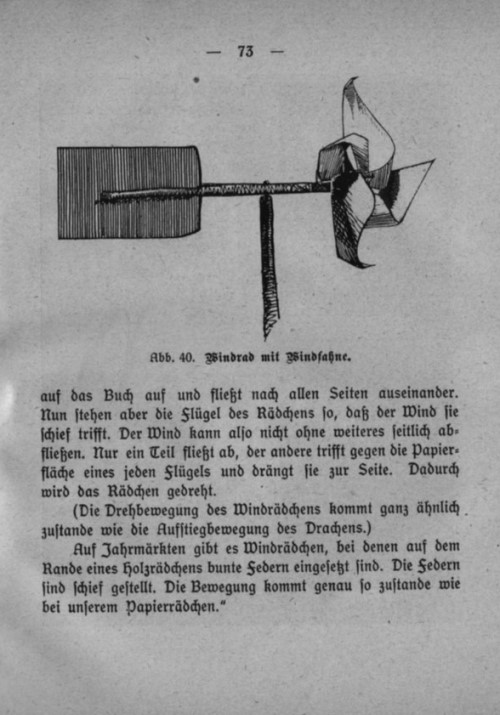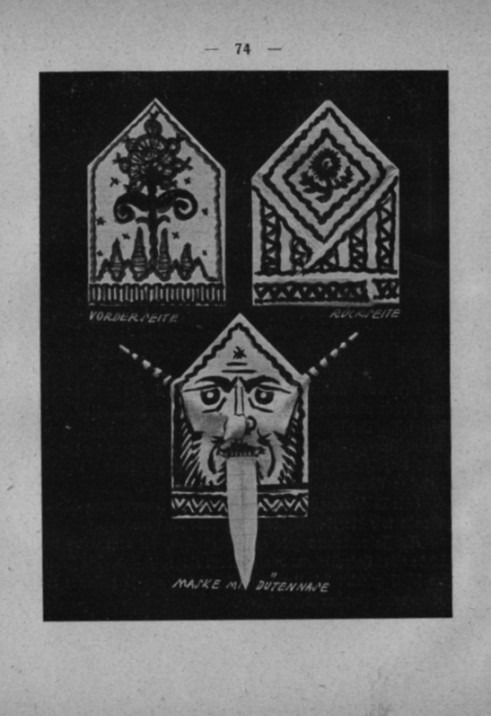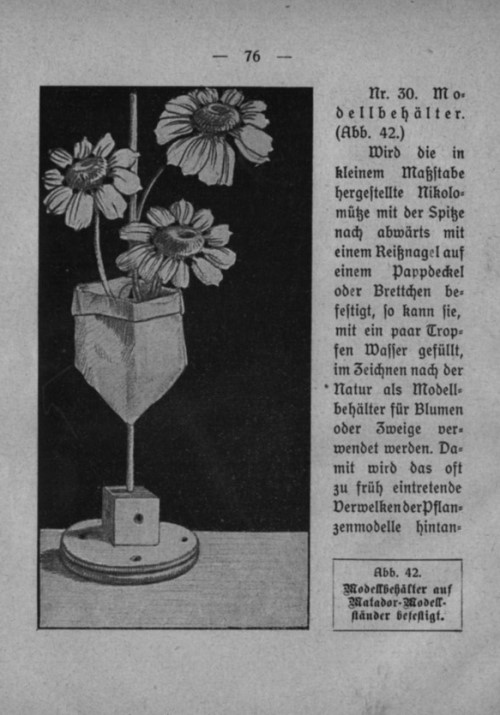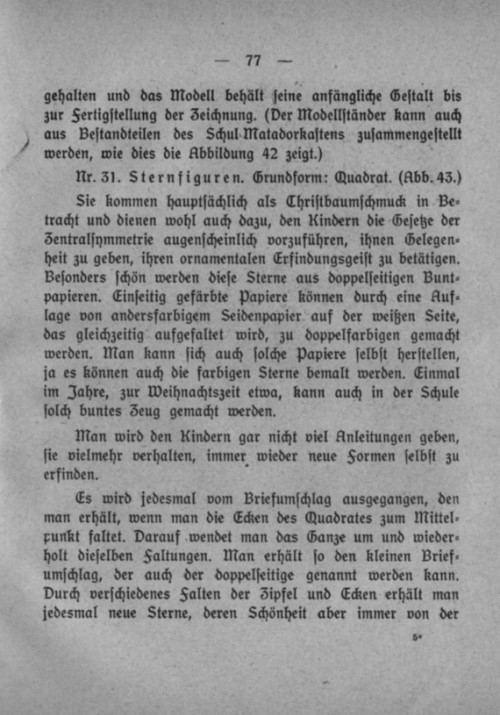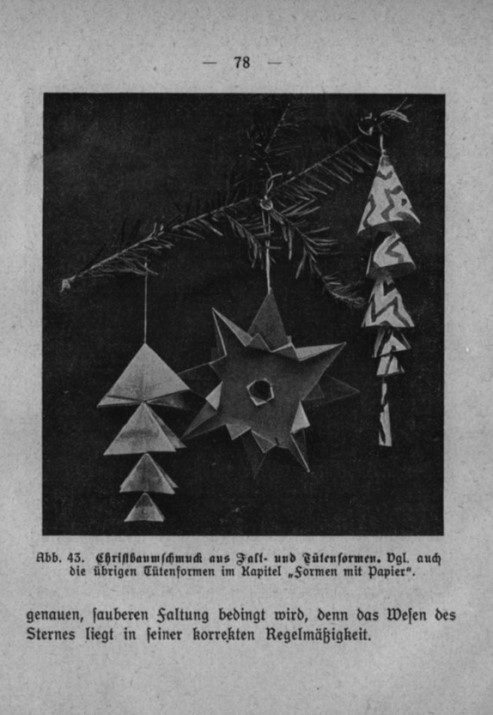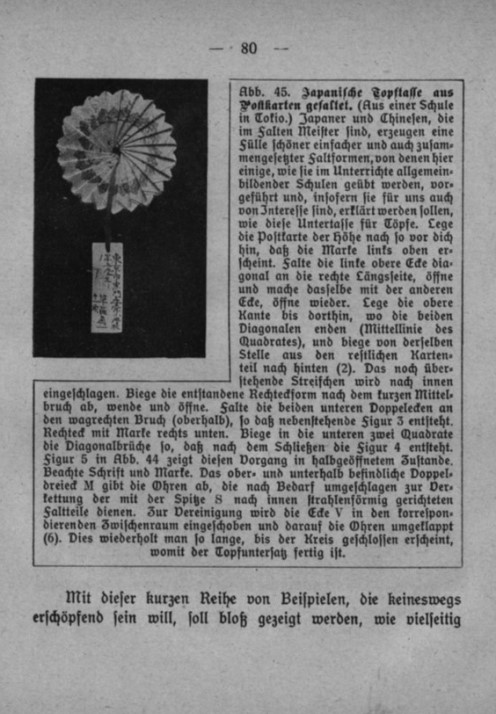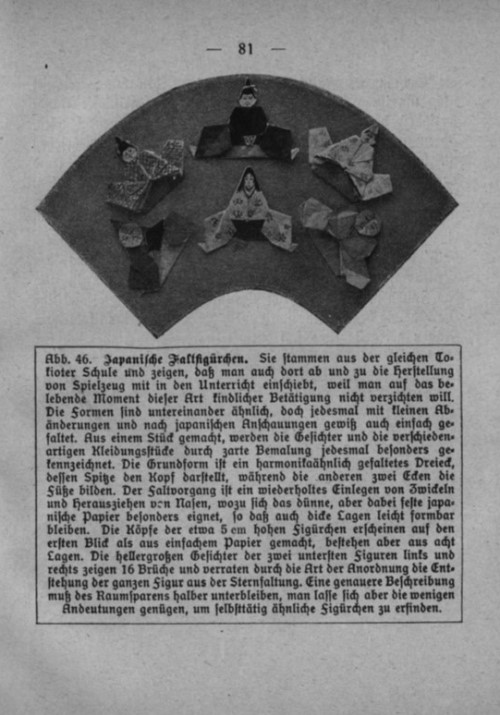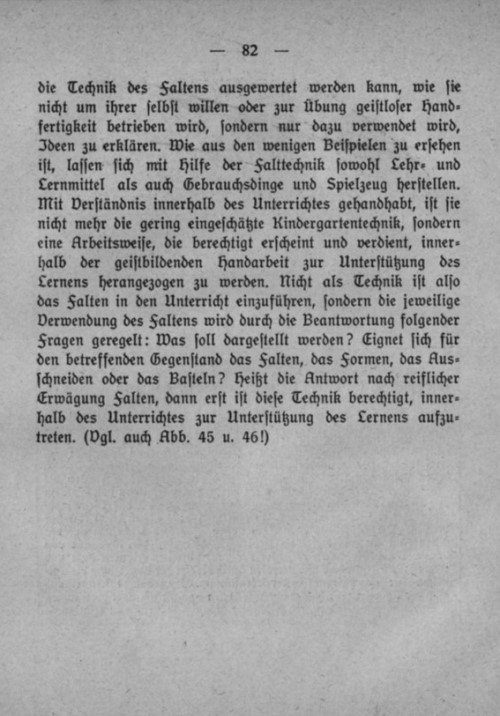| The Public Paperfolding History Project
Last updated 20/8/2024 x |
|||||||
| Falten und Formen mit Papier by Richard Rothe, 1923 | |||||||
'Falten und Formen mit Papier' (Folding and Shaping Paper) by Richard Rothe was published on behalf of the Schulreformabteilung des Öst. Unterrichtsamtes (Austrian school reform department teaching office) by Deutscher Verlag für Jugend und Volk in Vienna and Leipzig in 1923. The work is targeted at teachers and parents of elementary school pupils and is one of a series of five books about handicrafts in primary schools. Richard Rothe was Viennese. He was an art educationalist whose ideas were influential across Europe. E H Gombrich wrote of him (see here): 'Richard Rothe, whose method was widely adopted in this Vienna Schulreform had developed an ingenious method of teaching the child to draw by teaching it to think. He did not train the hand, as in the old free-hand drawing with its dull mechanical exercises, nor teach the eye like the naturalistic school, but the imagination, the power to visualise by means of understanding. If the child drew a man whose arms were merely stumps, Rothe would not correct it on paper but would ask the child: “How far would this poor man have to bend to put on his stockings?” – and he would bend to show the child how the real body functions.' This work is mentioned in Gershon Legman's 'Bibliography of Paperfolding' which was published in 1952.
Birgit Ebbert has been kind enough to let me see her copy of the book, for which my grateful thanks. As far as I know there is no copy available online. ********** The work consists of: An author's Preface. Chapter 1: Das Falten - This chapter is about the pedagogy of paperfolding in elementary schools and is is reproduced in full below. It begins: 'Primary school has neither time nor space for the types of paperfolding that are mostly practised in the kindergarten, where it involves the creation of more or less developed imaginative shapes and which mainly serves to simply promote hand dexterity.' (This is clearly a misunderstanding of the nature of Froebelian paperfolding as originally conceived but may well represent a reasonable criticism of paperfolding as practiced in Viennese kindergartens in 1923.) 'Just like any manual work, folding is only justified in the classroom if it is able to impart intellectual knowledge to the student in addition to manual dexterity. Everything else can be reserved as an attractive pastime for domestic entertainment ...' Chapter 2 : Das Falten im Dienste der Geometrie - This chapter is about the teaching of geometry by paperfolding in elementary schools. This chapter is reproduced in full below. Chapter 3: Verschiedene Faltformen als Modele, Spielzug und Improvisierte Gebrauschdinge (Various folding shapes for models, toys and improvised drinking vessels). This chapter explains how to fold various designs, some of which are groundforms from which other designs can be created by cutting. This chapter is reproduced in full below. Chapter 4: Das Formen mit Papier (Shapes withPaper) - This chapter is mostly about making dolls and other designs, mostly based on the paper cone. Although there is a folding element to the designs their effects are mostly achieved through cutting and the pasting together of several elements. However the chapter also contains information about some designs which already have individual pages. I have not reproduced his chapter but the most relevant sections are inclyded in the Amalysis. After some miscellaneous material and an advert there is an Appendix: Allerlei Spielzug aus Papier (All sorts of toys from paper). These toys are mostly human forms created by wrapping strips of paper around wire frames then dressing them up using a mixture of cutout shapes, coils of paper and pleated paper. I have not reproduced this chapter. There is also a brief Bibliography. ********** ********** Analysis Designs from chapter 3: 1. Bauernhaus (Barn) - Variant of The House This 3D version of the House is used as a groundform from which various other designs can be produced by cutting.
********** 2. Turm (Tower) - Variant of The House This version of the House is made by removing the centre section and elongating the flaps so that it is effectively an elongated waterbomb base. It is used as a groundform from which various other designs can be produced by cutting.
********** 3 to 10 are buildings and trees etc cut from waterbomb bases or elongated waterbomb bases. ********** 11. Wurfpfeil (Dart) - Flights for Darts The waterbomb base used as flights for a throwing dart.
*********** 12 and 13 are designs cut from elongated waterbomb bases. ********** 14. Korbchen (Basket)
********** 15 to 18 are cardboard modelling designs ********** 19. Fledermausdrachen (Bat Kite) -
********** 20. Wurfpfeil (Dart) - The Paper Dart No illustration - Developed from the Fledermausdrachen.
********** 21. Schwalbe (Swallow) - The Swallow The text notes 'The Peace of Versailles forbids us from building larger aircraft. This results in the desire to fly with low engine power or even without an engine. Achieving gliding flight would therefore be of the utmost importance, especially for us Germans.'
********** 22. Taube (Pigeon) - Variant of The Swallow
********** 23. Klatsche (Clap) - The Paper Banger
********** 24. Trinkbecher (Drinking Cup) - The Paper Cup
********** 25. Quadratische Schachtel (Square Box) - The Blintz Box
********** 26. Rechtechige Schachtel (Rectangular Box) - The Junk Box
********** 27. Windrad (Windmill) - The Cut and Fold Windmill
********** 28 and 29. Nikolomühe (St Nicholas' hat, bag or mask) - variant of the Newspaper Hat Made by folding in and interlocking the two sides of a Newspaper Hat.
********** 30. Container The St Nicholas Hat turned upside down and used as a container. ********** 31. Star Figures Various simple Xmas tree decorations. ********** Japanische Topftasse - The Teapot Stand Inter alia the text says '(From a school in Tokyo.) The Japanese and Chinese, who are masters of folding, produce an abundance of beautiful, simple and also compound forms of folding, some of which will be shown here, as they are practised in the lessons of general schools'.
********** Japanese Folded Human Figures The text says inter alia 'These come from the same school in Tokyo and show that there, too, the making of toys is occasionally included in the lessons ... the shapes are similar to each other but each time with small changes'.
********** Selected Designs from Chapter 4 46. The Humming Flute - Le Cri du Veau
********** 47. The Dancing Snake - The Spiral Snake
********** 48. The Running Paper Wheel - The Wind Wheel
********** 50. The Jumping Spiral - The Paper Spring
********** Selected Pages
********** |
|||||||

